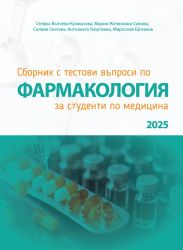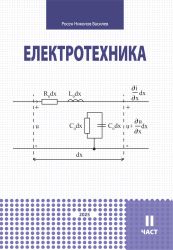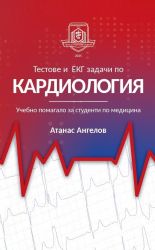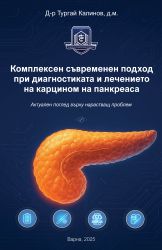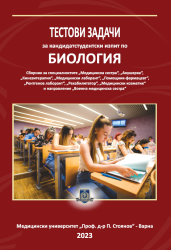Дата: 2024-10-21
 Acute ischemic stroke occupies a leading position among the cerebrovascular diseases worldwide and in Bulgaria as well and provokes the permanently increasing interest of the scientific community.
Acute ischemic stroke occupies a leading position among the cerebrovascular diseases worldwide and in Bulgaria as well and provokes the permanently increasing interest of the scientific community.
The monograph Recent Advances in Ischemic Stroke Surgery authored by Emil Jordanov, MD, PhD, addresses numerous actual aspects of this socially significant disease.
It contains an introduction, eleven chapters, 12 subchapters and a conclusion. There are a total of 360 references of articles published in 2023 and 2024 only. This fact demonstrates the comprehensive coverage of the newest scientific achievements in this narrow interdisciplinary field.
In three subchapters, the first chapter summarizes the most recent information available concerning the social epidemiology, i. e. incidence, prevalence and mortality rates of ischemic stroke in several countries and worldwide as well.
The second chapter is devoted to the various modifiable and non-modifiable risk factors for ischemic stroke.
In the third chapter, the common accompanying diseases in ischemic stroke patients are systematized.
Contemporary diagnostic methods used in ischemic stroke are comprehensively described in two subchapters of chapter four. The neuroimaging methods include some versions of the computed tomography, computed tomography perfusion or angiography, magnetic resonance imaging, magnetic resonance angiography, digital subtraction angiography, magnetic resonance spectroscopy and of the ultrasound as well. The modern laboratory diagnostic methods comprise the liquid chromatography-tandem mass spectrometry and thromboelastography. Several non-coding circular ribonucleid acids such as long non-coding microribonucleid acid-30, microribonucleid acid-126, microribonucleid acid-140-3p, microribonucleid acid-130a-3p and microribonucleid acid-320b serve as diagnostic biomarkers for this disease. The concentrations of S100 calcium-binding protein B, interleukin-6, ischemia-modified albumin, glial fibrillary acidic protein and autoantibodies to the NR2 peptide differentiate the ischemic stroke from the hemorrhagic one.
In seven subchapters of chapter five, the modern treatment of ischemic stroke is discussed. It deals with the intravenous thrombolysis in acute ischemic stroke, the mechanical ventilation, with three main surgical approaches such as mechanical thrombectomy, recanalization and endovascular treatment as well as with the combinations of the medicamentous and operative methods.
Chapter six is devoted to the various complications in the patients with ischemic stroke. In chapter seven, the significant problems of the prevention of ischemic stroke are addressed. The issues of the prognosis of this severe disease are presented in chapter eight. The next two chapters summarize the recent publications by foreign authors dealing with patient’s quality of life and economic analyses of hospital diagnosis and treatment of ischemic stroke.
In chapter eleven, the results from author’s own retrospective investigation of 18 consecutive patients with acute ischemic stroke in the city of Varna during the period between January 25, 2023 and April 27, 2024 who were hospitalized and operated on in the Clinic of Vascular Surgery, St. Marina University Hospital of Varna are briefly reported and discussed.
The conclusion was drawn that his individualized diagnostic and surgical approach to acute ischemic stroke patients is safe and effective.
In my modest opinion, the monograph entitled ‘Recent advances in ischemic stroke surgery’ represents a high-quality scientific treatise. It provides up-to-date knowledge and shares expertise with the colleagues looking for a comprehensive survey of the contemporary diagnosis, conservative and operative management of acute ischemic stroke.
I believe that this practically-oriented information source will attract the attention of the medical students, postgraduate students, neurosurgeons, neurologists, and specialists in imaging diagnosis in Bulgaria and abroad who are interested and actively involved in this significant field.
Sofia, in April 2024 Prof. Mario Draganov Stankev, MD, PhD

